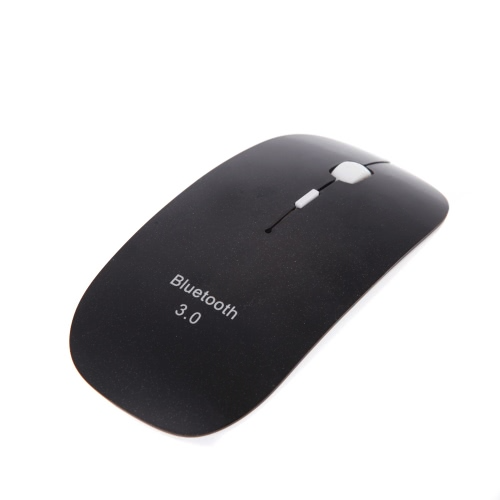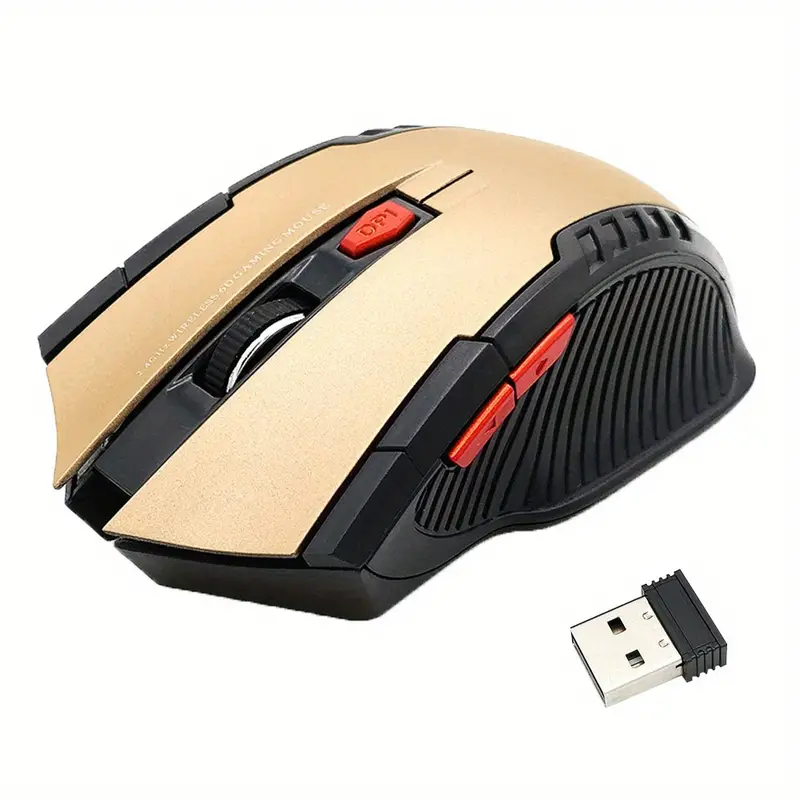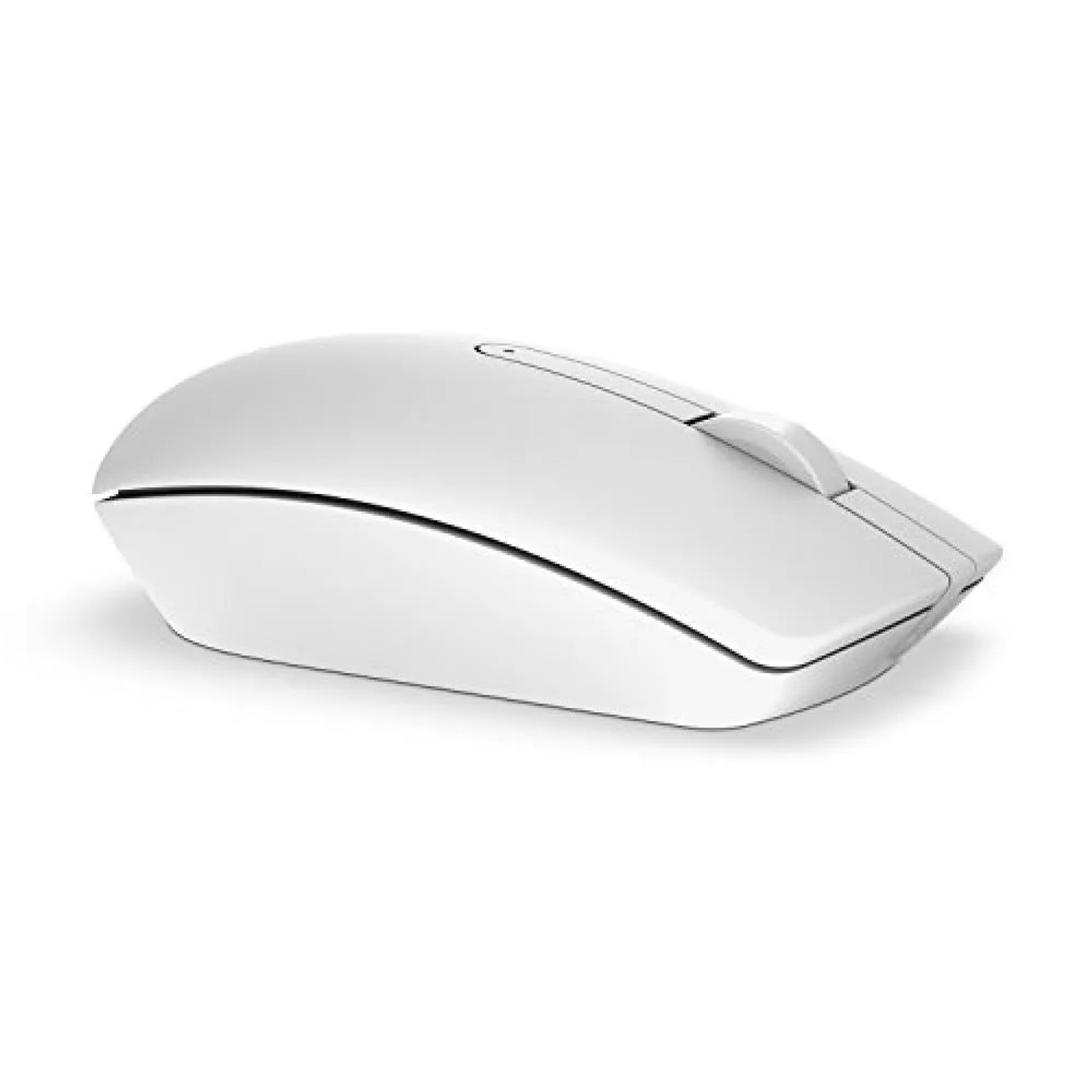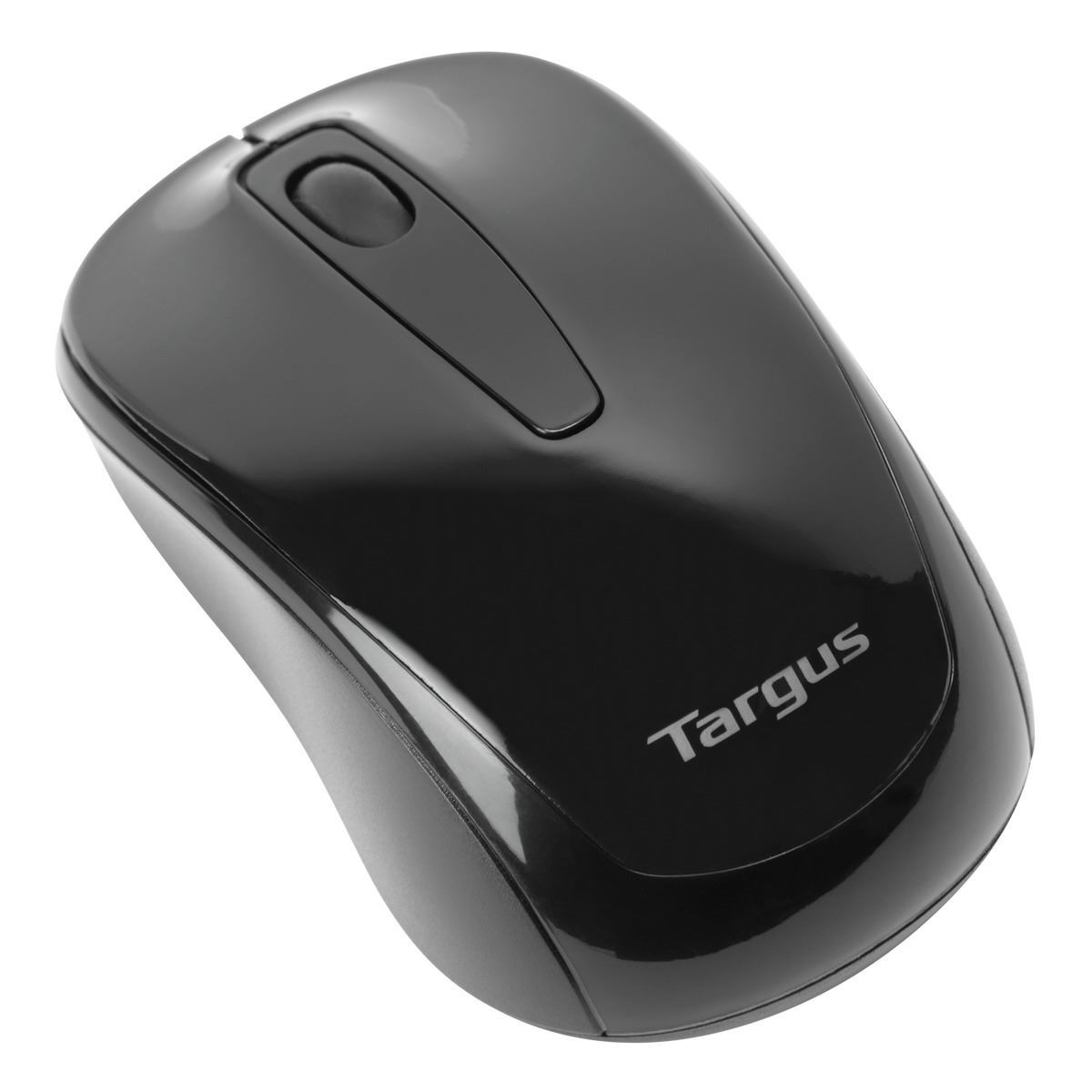In the realm of personal computing, the evolution of input devices has significantly enhanced user experience. Among these advancements, the wireless optical mouse stands out as a pivotal innovation that has reshaped the way we interact with our digital world. This article delves into the inner workings, benefits, and the future of this indispensable tool, unraveling why it has become the preferred choice for many computer users.
Understanding Optical Technology: A Quantum Leap from Mechanical to Optical Sensors
Before the advent of optical mice, the market was dominated by mechanical rodents that relied on a rubber ball to track movement. These devices were prone to collecting dust and required frequent cleaning. The birth of optical technology marked a revolutionary change in mouse design, replacing the ball mechanism with a light-emitting diode (LED) and a complementary metal-oxide-semiconductor (CMOS) sensor.
How Optical Tracking Works
Optical mice function by illuminating the surface beneath them and capturing thousands of images per second. The CMOS sensor interprets the pattern of light reflections, translating even minute movements into cursor actions on the screen. This system not only ensures higher accuracy but also eliminates the need for a clean, dust-free surface, making it far more versatile than its predecessor.
Cutting the Cord: Embracing Wireless Freedom
Wireless technology has been another game-changer in the world of peripherals. Combining optical sensors with wireless connectivity has unlocked unparalleled convenience for users. Wireless mice primarily utilize two technologies for communication: Radio Frequency (RF) via USB dongles or Bluetooth.
RF vs. Bluetooth: Choosing Your Wireless Connection
RF mice, operating on frequencies like 2.4 GHz, offer plug-and-play simplicity and minimal latency, making them ideal for gaming and other activities requiring precise control. They often come bundled with a small USB receiver that plugs directly into the computer.

On the other hand, Bluetooth mice provide a cable-free experience without occupying a USB port, leveraging your device’s built-in Bluetooth capabilities. While they excel in convenience and compatibility across multiple devices, Bluetooth mice may have slightly higher latency compared to RF models, which could be noticeable in high-demand applications.
Powering Up: Battery Life and Efficiency
One of the primary concerns with wireless devices is battery life. Modern wireless optical mice have made significant strides in energy efficiency, with many models featuring auto-sleep modes to conserve power when inactive. Some high-end mice boast rechargeable batteries, reducing the need for disposable replacements and aligning with eco-friendly practices.
The Quest for Infinite Power: Solar and Kinetic Charging
Innovative charging solutions are pushing the boundaries of what’s possible. Solar-powered mice harness ambient light to recharge their batteries, ensuring continuous operation without it. Kinetic charging, although less common, explores converting the kinetic energy from hand movements into electricity, offering an intriguing glimpse into a future where the mouse might never run out of power.
Ergonomics and Customization: Tailoring to User Needs
Wireless optical mice aren’t just about technical prowess; ergonomics and customization play a vital role too. Mice now come in various shapes and sizes designed to fit different hand sizes and grip styles, reducing strain and promoting comfort during prolonged use.
Programmable Buttons and DPI Settings
Advanced models feature programmable buttons, allowing users to assign custom functions, enhancing productivity and gaming experiences. Adjustable DPI (dots per inch) settings let users fine-tune cursor sensitivity to match their preferences and task requirements, from precision photo editing to rapid movements in fast-paced games.
Wireless connectivity introduces concerns about security and potential interference. RF mice are generally secure due to their limited range and encrypted signals. However, crowded RF environments can lead to signal interference. Bluetooth mice, being more universal, may face similar issues but often include frequency hopping to mitigate disruptions.
Staying Ahead of the Curve: Advances in Wireless Security
To address these concerns, manufacturers are incorporating advanced encryption protocols and frequency optimization techniques. Users can also take steps like keeping firmware updated and minimizing the number of active wireless devices in proximity to ensure a smooth and secure connection.
The Future of Wireless Optical Mice: Innovation on the Horizon
The wireless optical mouse has already revolutionized the way we interact with computers, offering users freedom from tangled cords and enhanced precision through advanced tracking technology. However, as technology continues to advance at an unprecedented pace, the future of wireless optical mice promises even greater innovation and functionality. Here are some potential developments that could shape the next generation of these ubiquitous devices:
Haptic Feedback
One exciting prospect is the integration of haptic feedback into wireless optical mice. This technology would allow users to feel tactile responses, enhancing gaming experiences or even providing subtle alerts during work tasks, without the need for visual or audio cues.
Improved Battery Life & Charging Solutions
While battery life has significantly improved over the years, future mice could incorporate energy-harvesting technologies, such as solar charging or kinetic energy conversion from the user’s movements, reducing the need for frequent charging or battery replacements.
Advanced Gesture Recognition
Building on existing motion sensing capabilities, future mice may enable more sophisticated gesture recognition, allowing users to control their devices with a wave of the hand or specific finger movements, enhancing efficiency and accessibility.
Ergonomic Designs Tailored to Individual Users
Advancements in 3D printing and customization software could lead to mice designed specifically for individual users’ hand sizes and ergonomic needs. These personalized devices could reduce strain injuries and improve overall comfort during prolonged use.
Integration with AI and Machine Learning
Mice could integrate AI algorithms to learn from users’ behavior patterns, adapting sensitivity settings, button configurations, or even predicting commands based on usage history, creating a highly personalized and intuitive experience.
Multi-Device Synchronization and Control
As the number of connected devices per user increases, wireless mice could evolve to seamlessly switch between controlling multiple devices, such as a computer, tablet, and smartphone, enhancing productivity and convenience.
Enhanced Optical Tracking and Surface Adaptability
Future mice may feature even more advanced optical sensors capable of precise tracking on any surface, including glass or uneven textures, eliminating the need for a dedicated mouse pad.
Biometric Security Features
Incorporating fingerprint or even facial recognition technology into the mouse could provide an additional layer of security, particularly for sensitive applications where data protection is paramount.
Environmentally Friendly Materials and Design
With sustainability becoming a key consideration, future mice may be designed using eco-friendly materials, recyclable components, and energy-efficient manufacturing processes, reducing their environmental footprint.
Wireless Charging Integration
As wireless charging technology becomes more prevalent, wireless mice could be designed to charge wirelessly when placed on designated charging pads or surfaces, further simplifying their use and maintenance.

These advancements are not just hypothetical; many are already being researched or prototyped by leading technology companies. The future of wireless optical mice looks set to be defined by increased personalization, enhanced performance, and seamless integration into our increasingly digital lifestyles.
Conclusion
In conclusion, wireless optical mice represent a fusion of technological advancements that have significantly improved computer navigation. Their combination of precision, convenience, and adaptability has made them indispensable tools for work and play. As the technology continues to evolve, we can anticipate even more innovative features and capabilities, further solidifying the wireless optical mouse as a cornerstone of the digital age.



